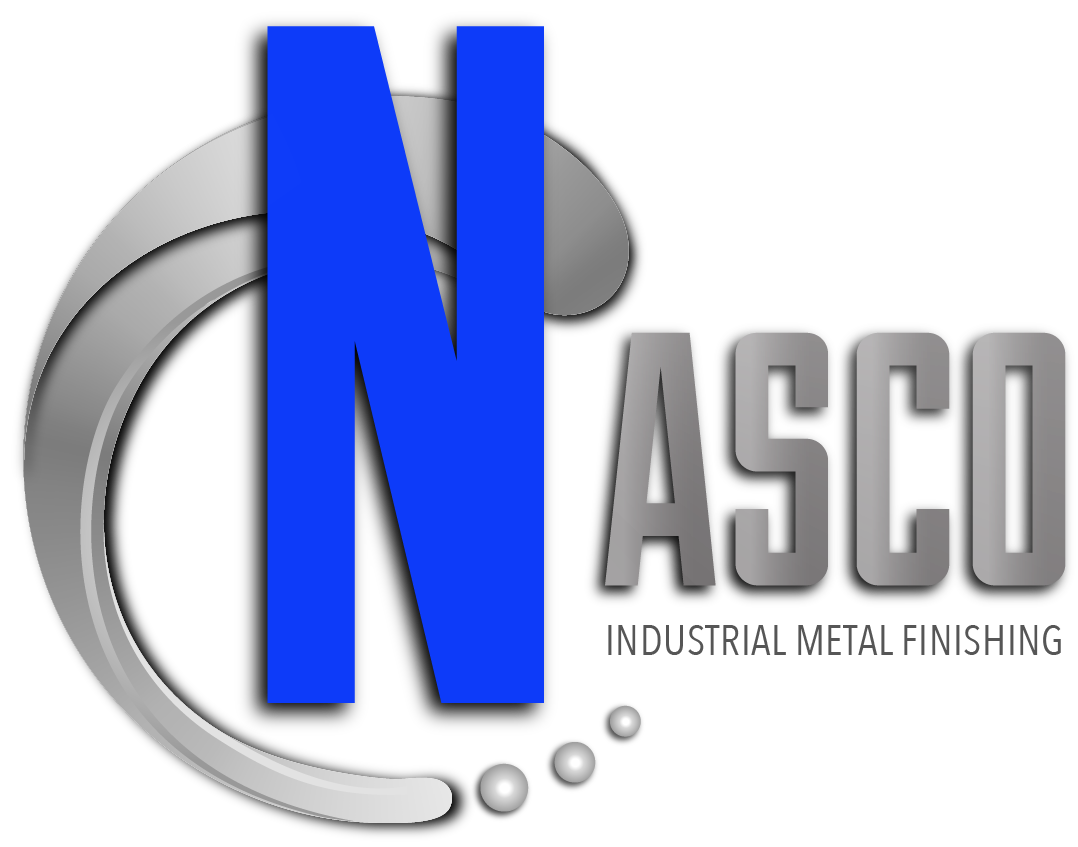Think of powder coating like baking a cake - but with a twist. Instead of sugar and flour, we use finely ground particles of pigment and resin. These particles are electrically charged, sprayed onto metal surfaces, and then 'baked' in an oven. The result? A finish that's as smooth and uniform as your favorite dessert, but as tough as nails.
Powder coating is the superhero of the industrial world. It's much more durable than traditional wet paint, standing up to weather, chemicals, and UV light without chipping, cracking, or peeling. This makes it the perfect choice for heavy-duty machinery, equipment, or structural components that need to withstand a lot of wear and tear.
And the cherry on top? Powder coating is eco-friendly. Traditional wet paint often contains harmful solvents that release Volatile Organic Compounds (VOCs) into the air. But powder coating is solvent-free, produces minimal VOCs, and the overspray can be reused, meaning less waste. It's an efficient, green, and durable solution for the industrial world, ensuring your machinery and equipment not only look good, but also last longer.
What is Powder Coating?
Cost Drivers for Powder Coating
All prices include abrasive blasting, masking of all threads, preparation, and powder coating using a one coat color. For a second coat, add 50%. Clear coat is required over all metallic and silver coatings.
Powder
There are different providers of Powder Coatings, some top-of-the-line, some bargain basement quality. Top ones include Cardinal, Tiger Drylac, Axalta, IFS, APC, Akzo Nobel, Columbia Coatings and Sherwin Williams. One pound of powder can cost (retail) anywhere between $15/lb. to $50/lb. for the same off-white depending on the manufacturer.
Matte or gloss black will be cheaper than Starlight Black.
Type of Powder and Finish
Glossy finishes and special powders (like metallics, textured powders or luminescents) are more expensive because their powders are more expensive and finicky in application. Light colors likely require a thicker coating or more coatings.
There is an additional charge for colors such as clear coats and translucent/anodized/candy colors due to being a multi-step coating process. Please contact us for a custom quote if you are interested in using these types for your powder coating project.
Dimensions
After the type of powder, then next more important cost driver is the size of the part needing finishing. Surface area determines the total amount of material that gets deposited on the part itself. Sometimes the weight is a factor if the part is too heavy to move. For sheet metal or larger jobs, powder coaters will quote a price based on the square footage of the surface area. For jobs like fences and railings the price will be by the linear foot.
Pre-treatments
If your parts are old or used, they will need to be pre-treated so the coating will adhere correctly. This is a manual process and adds cost. Pre-treatments include:
Burn-off to remove old finishes
Chemical cleaning for degreasing
Sandblasting for removing old coats of paint or powder coats. This also creates a textured surface which makes it easier for the powder coat to bind to the metal.
Masking and plugging
Powder coating changes the original dimensions of a part. If your parts have precisely drilled holes, you do not want to alter with their dimensions. Powder coaters do hole-masking: plugging screw holes with consumable caps or plugs. It is a time and labor consuming process.
Figure 1: caps and plugs – lots of options.
Racking
Racking is the way that parts to be coated are positioned on a fixture to be sprayed and then cured. The racks need to be securely held by the equipment that is firing particles at them. All powder coating companies have tons of different racks for myriad configurations of parts.
But the cost comes in because each part must be secured to the rack manually. This is a manual, time-consuming, skills-based process. If your parts have hang holes, this will ease the racking. If your parts are large and unwieldy, it will take a lot more time to rack them.
Can Powder Coating Be Touched Up?
Not with more powder coating. Unlike paint, powder coating must be applied all at once to the entire object, then exposed to high heat for curing. There’s no way to really address spot flaws by using more powder coating; lines would be visible between the first coat and the touch-up.
If flaws cannot be addressed, the entire object must be completely stripped to bare metal in order to be powder coated again, and then the object gets a new layer of powder coating. Stripping powder coating off is a lengthy, arduous process. It gets very expensive very quickly. It is possible, but it is also costly. The only real option for touching up powder coating is to apply a layer of paint to the spot, but this is an unsightly fix. It’s best to strip and recoat the whole object for a perfect finish.
If you’re interested in learning more about powder coating, please click the link below.
This article does a great job at explaining powder coatings in depth without reading like a textbook. Authored by our preferred powder supplier Tiger Drylac.

